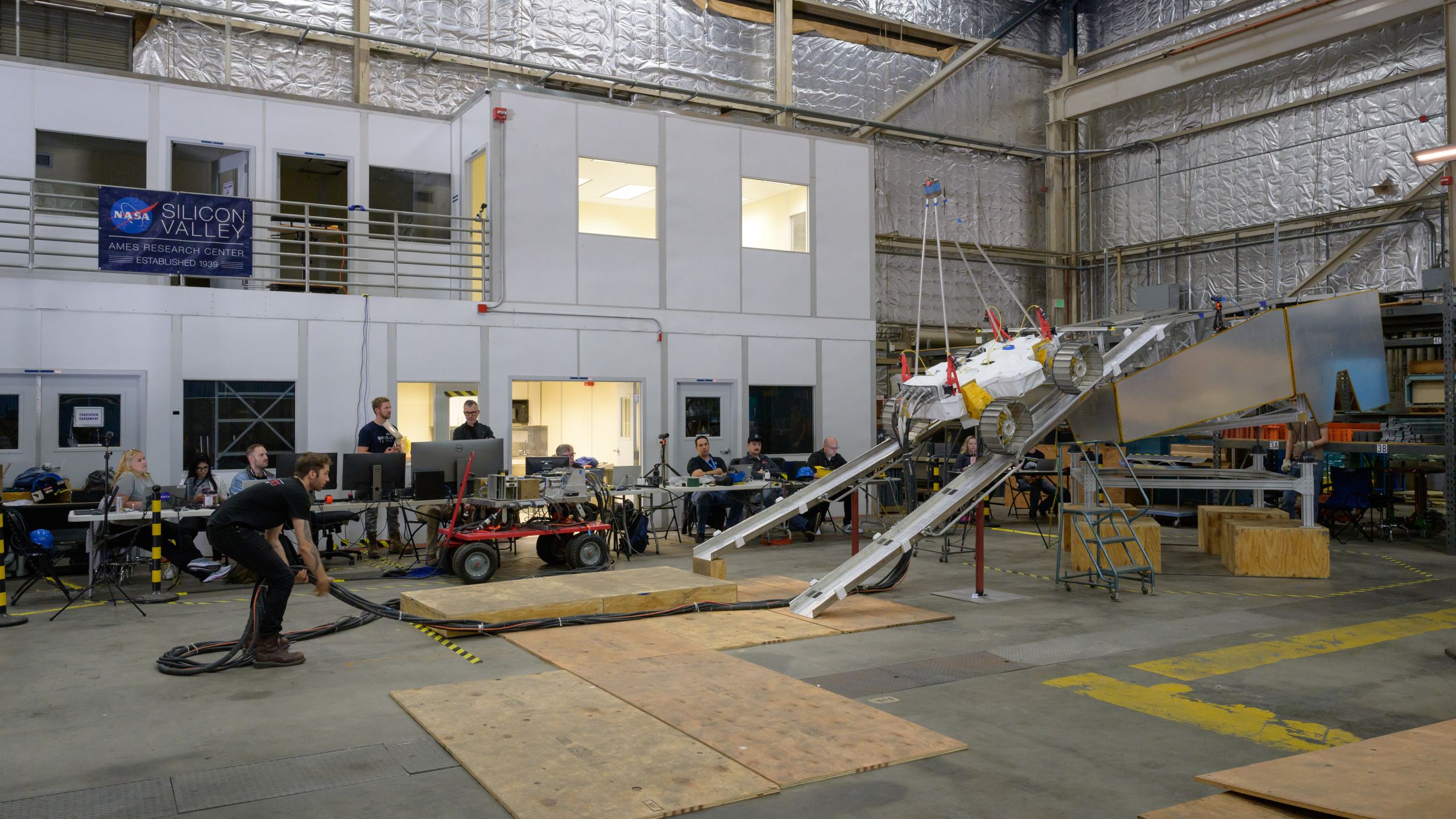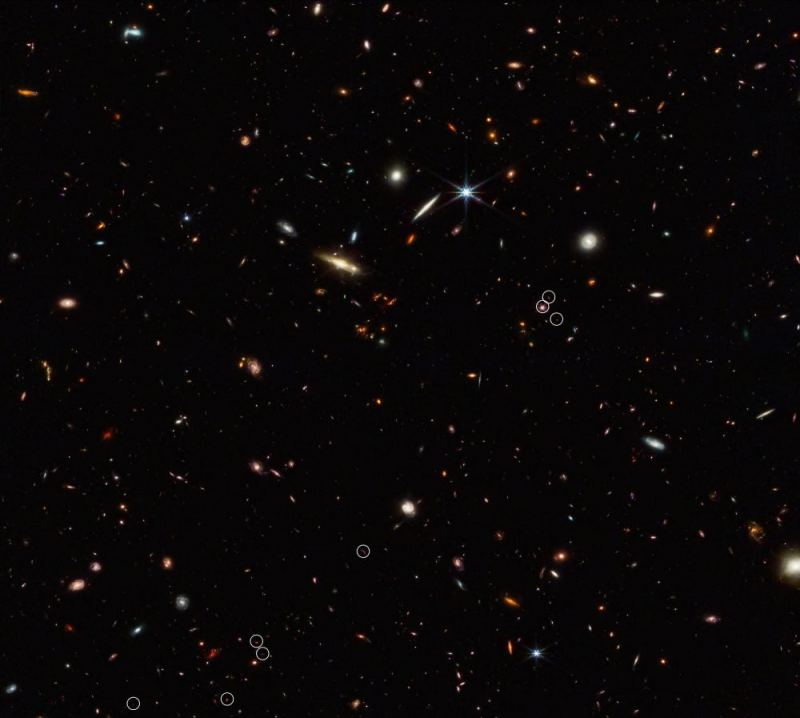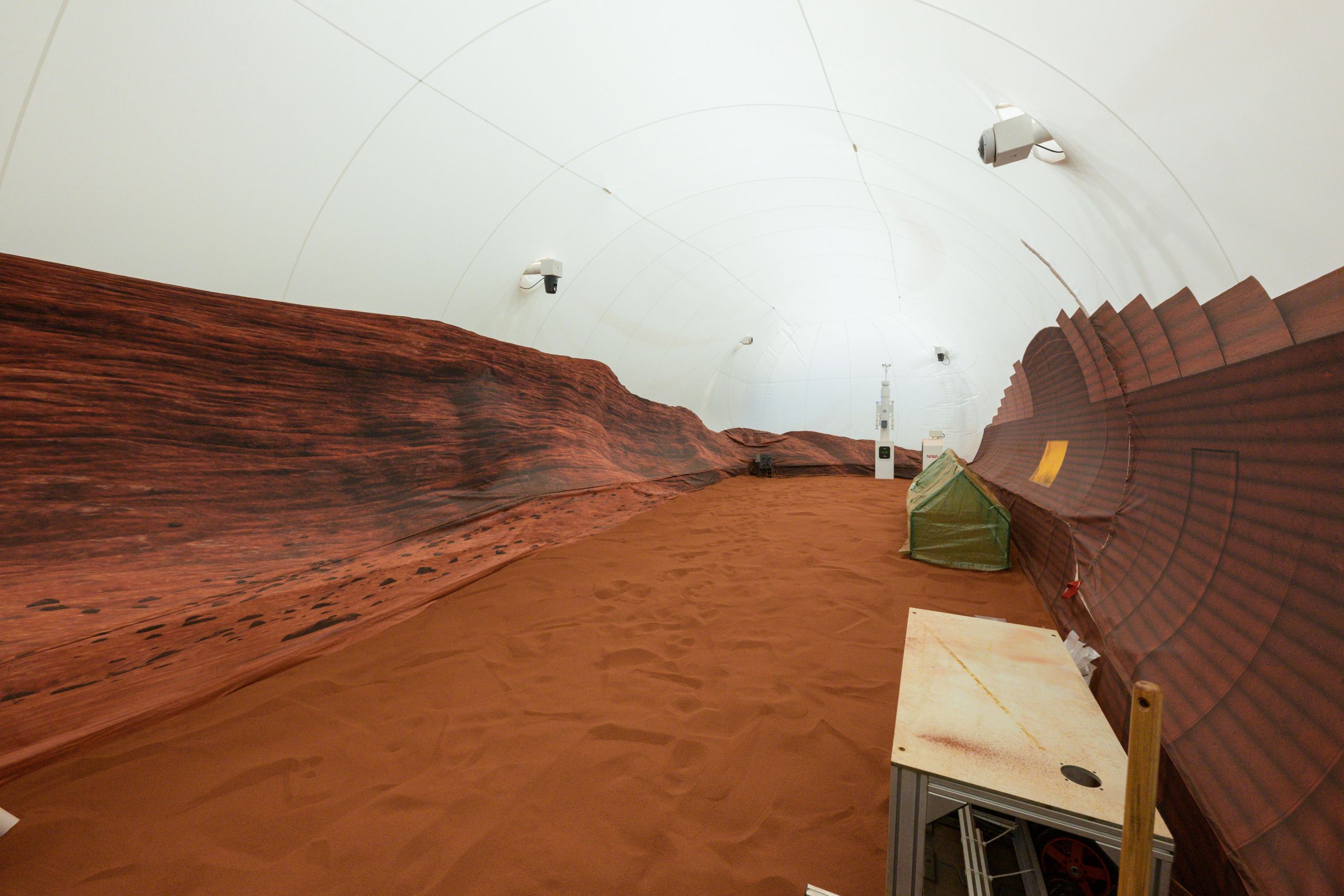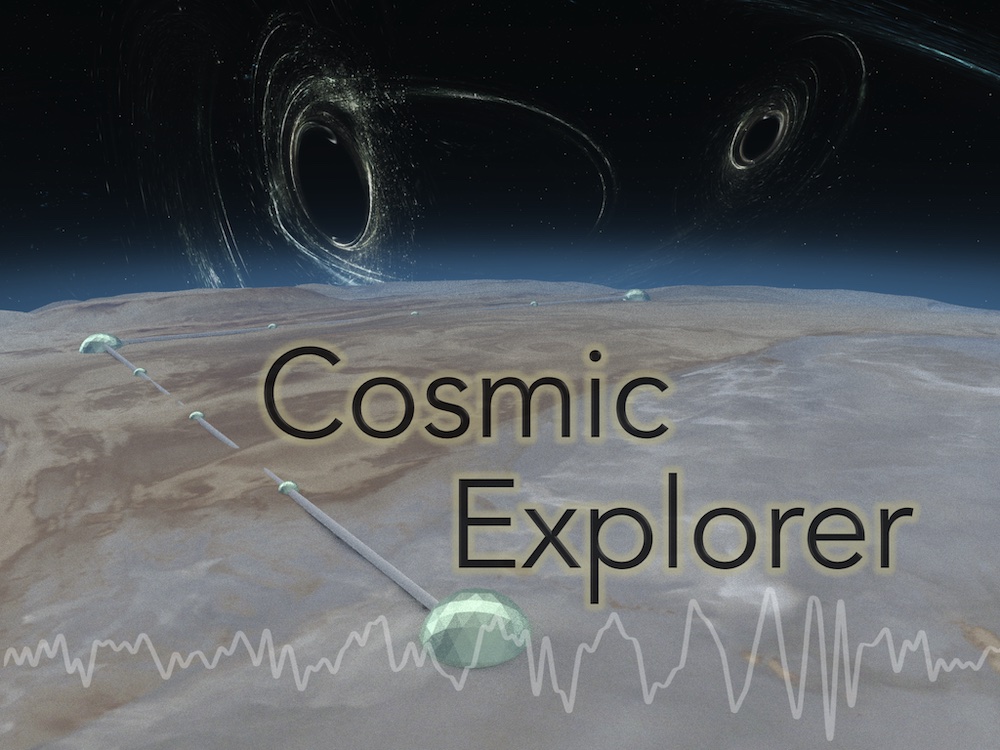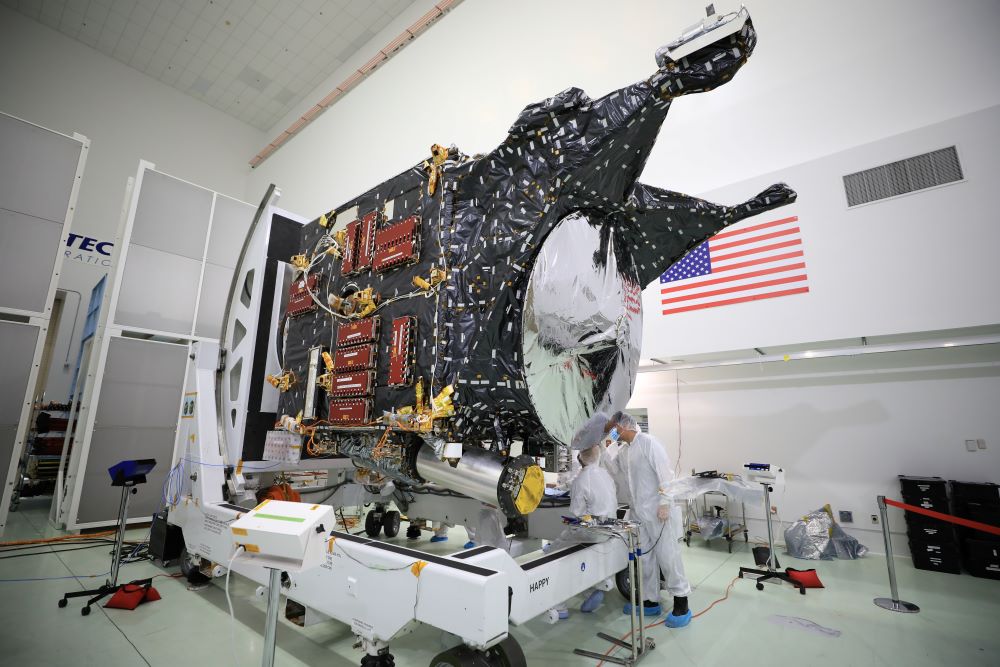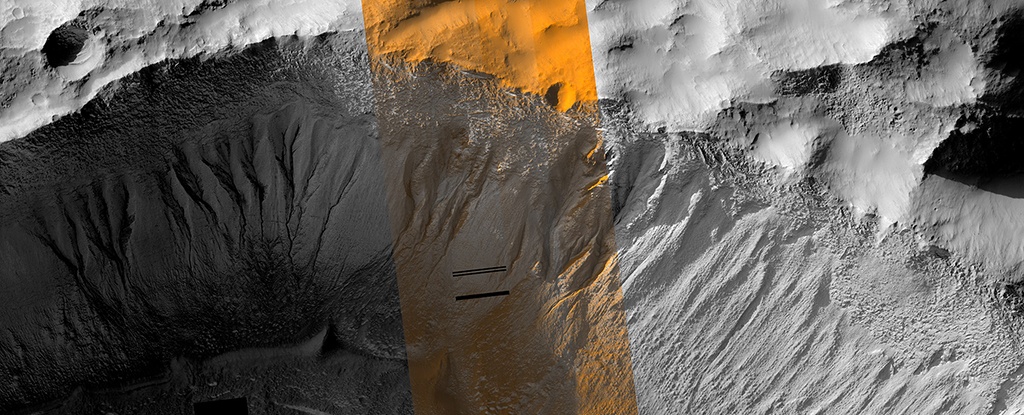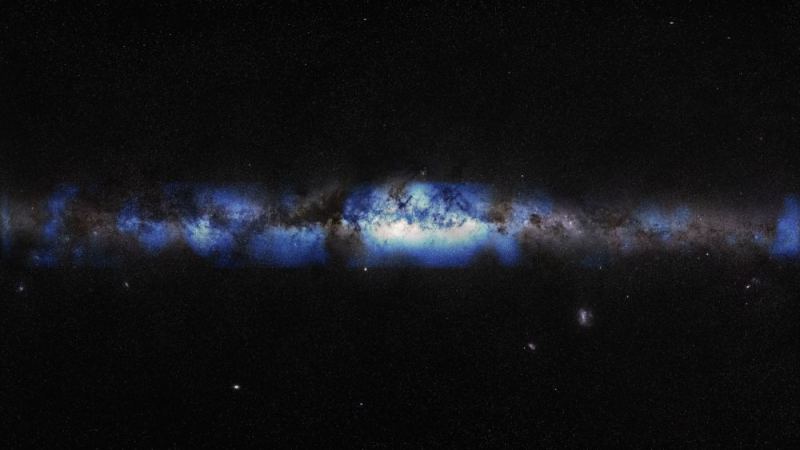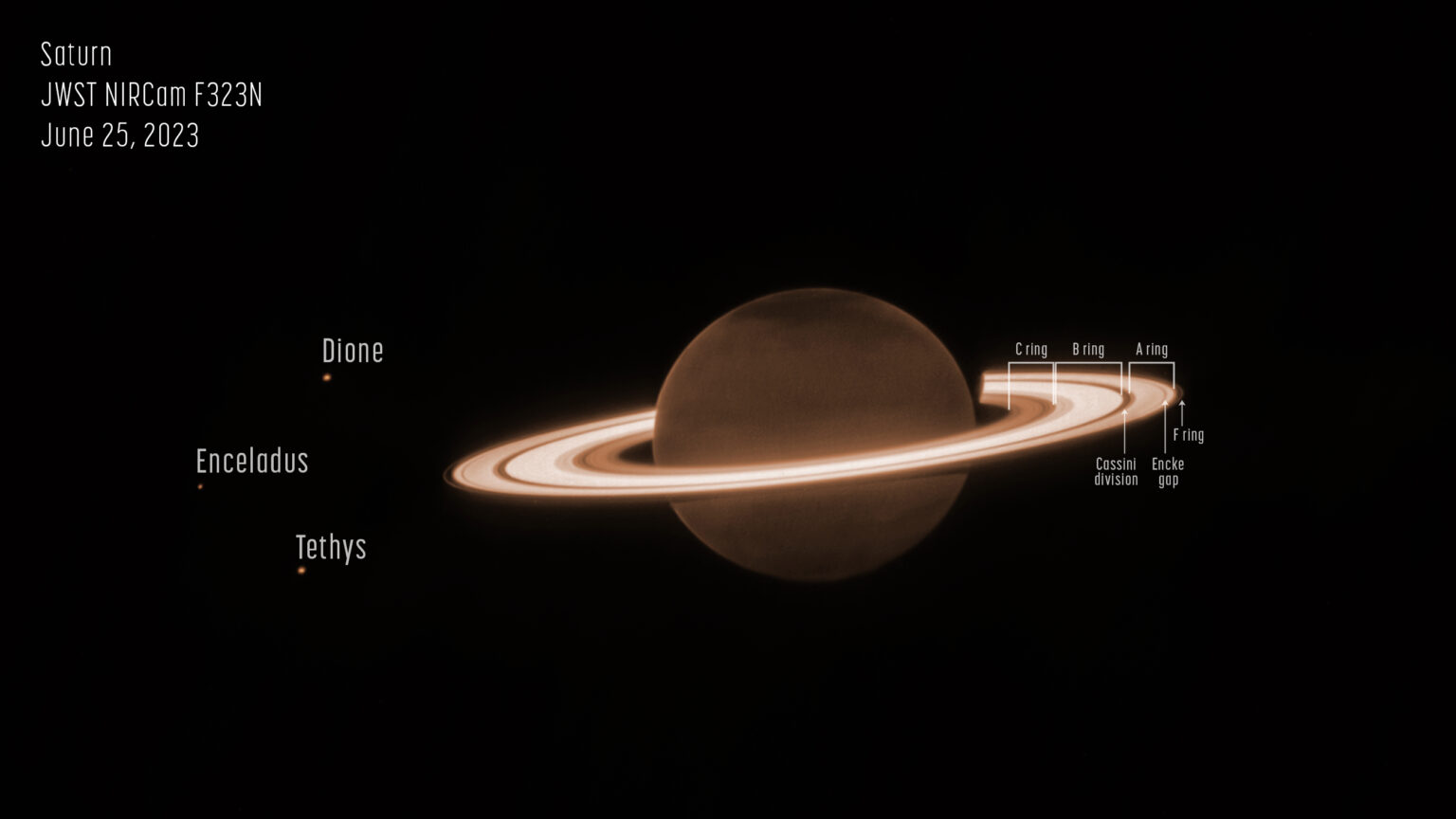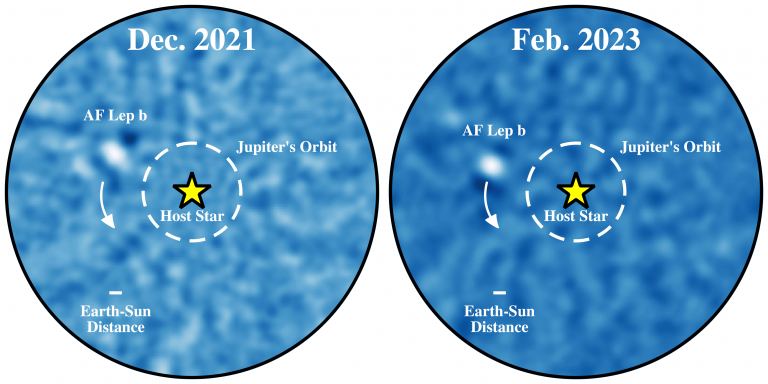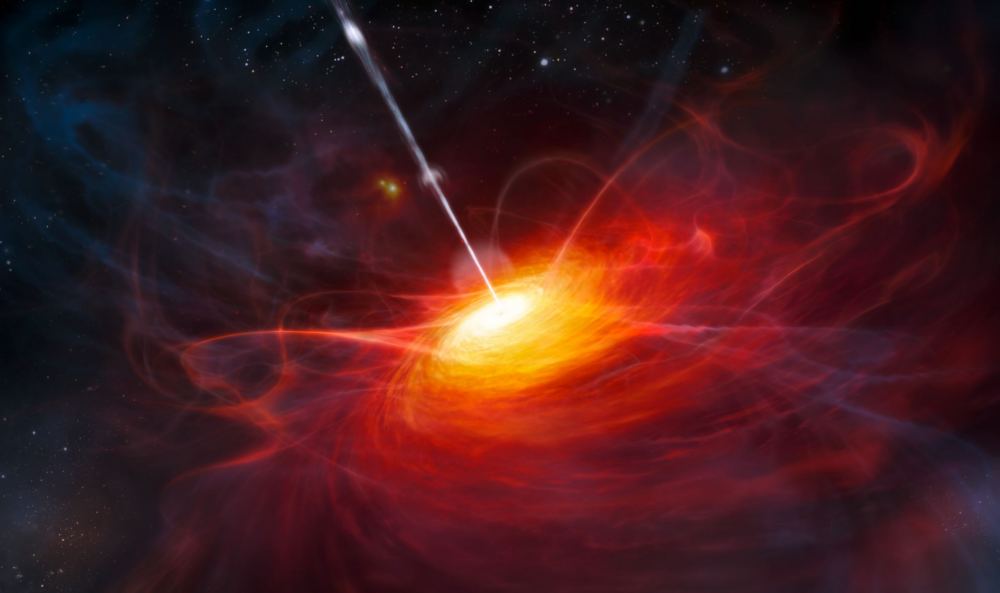
One of Einstein's predictions is that we should see time moving at different rates at different ages of the Universe. Researchers have confirmed this prediction out to half the age of the Universe using Type 1a supernovae as standard candles. Astronomers have gone much further back in time, observing quasars that sent out their light 12 billion years ago. Over this vast distance, time has slowed to a crawl, with every second experienced by those quasars taking five seconds from our perspective.
Continue reading
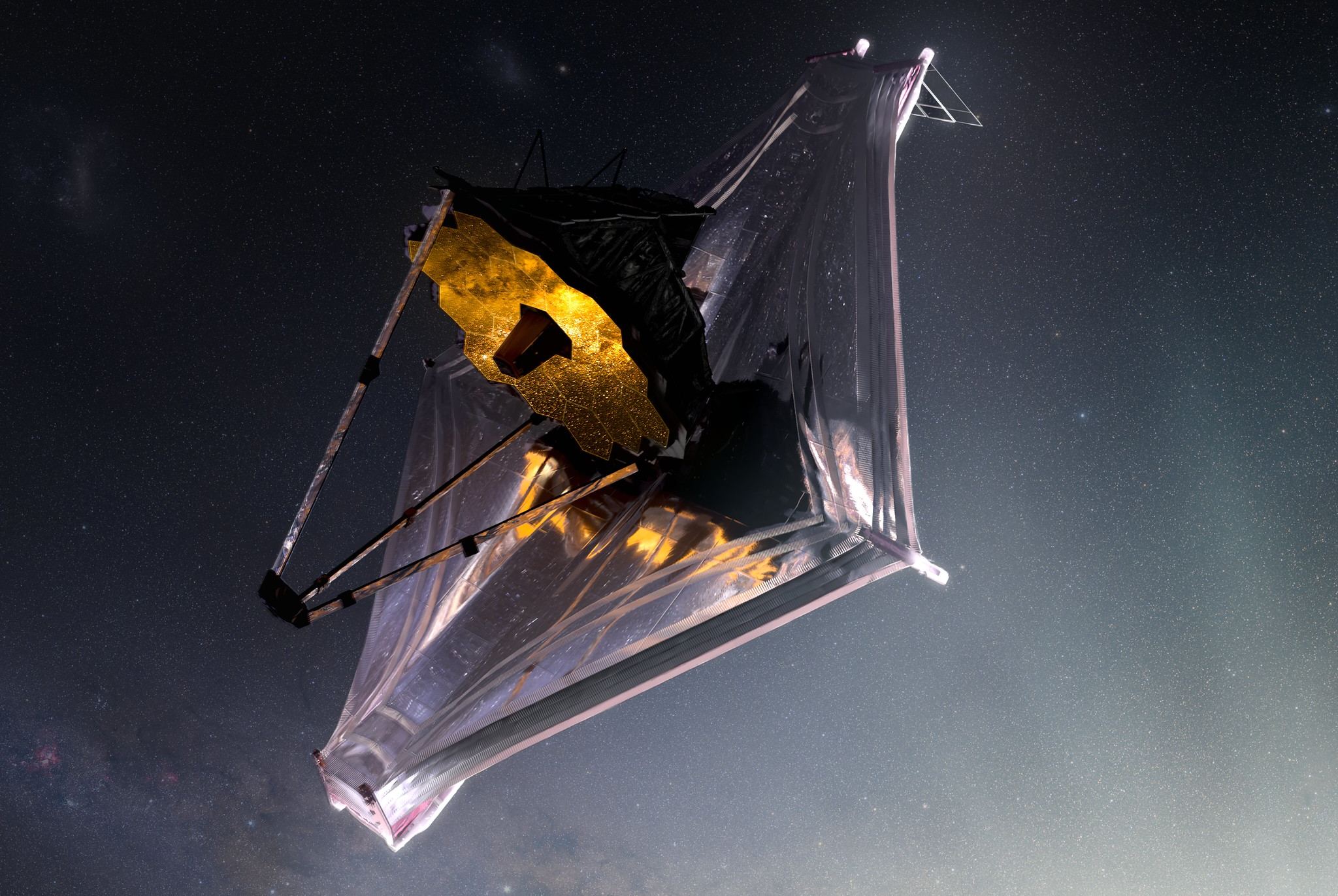
The observation programs for Cycle 2 of the James Webb Space Telescope have just been announced, and they are a lovely mix!
Continue reading
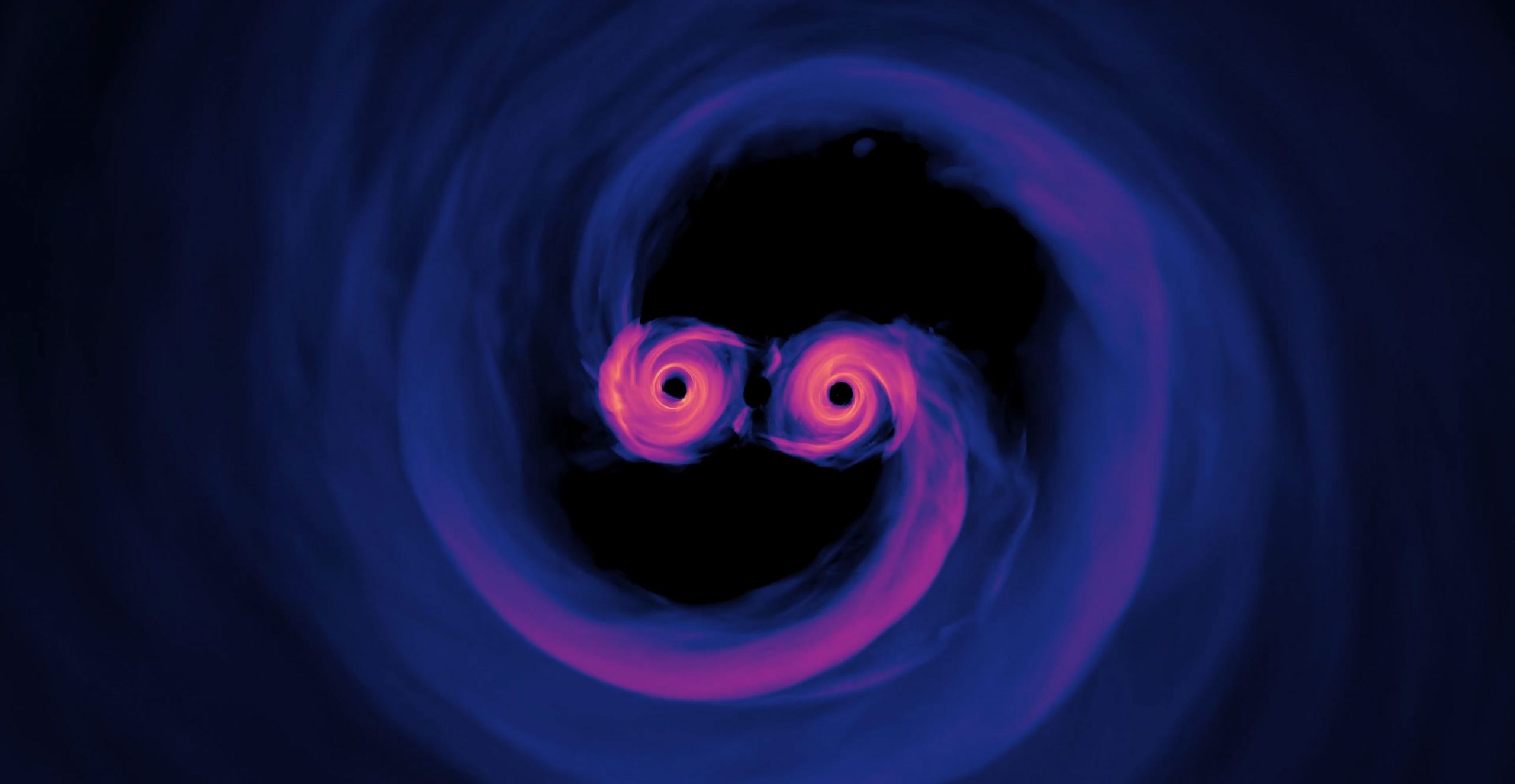
Astronomers can never have enough ways to measure the expansion in the Universe, from nearby stars to distant quasars. A new study suggests another method might come from the growing catalog of gravitational waves detected by LIGO and other observatories. As two black holes merge in a distant galaxy, the gravitational waves could pass close to a massive cluster that would create a gravitational lens. Some of the waves would take different paths around the gravitational lens, allowing astronomers to measure the expansion rate of the Universe. Gravitationally lensed gravitational waves.
Continue reading
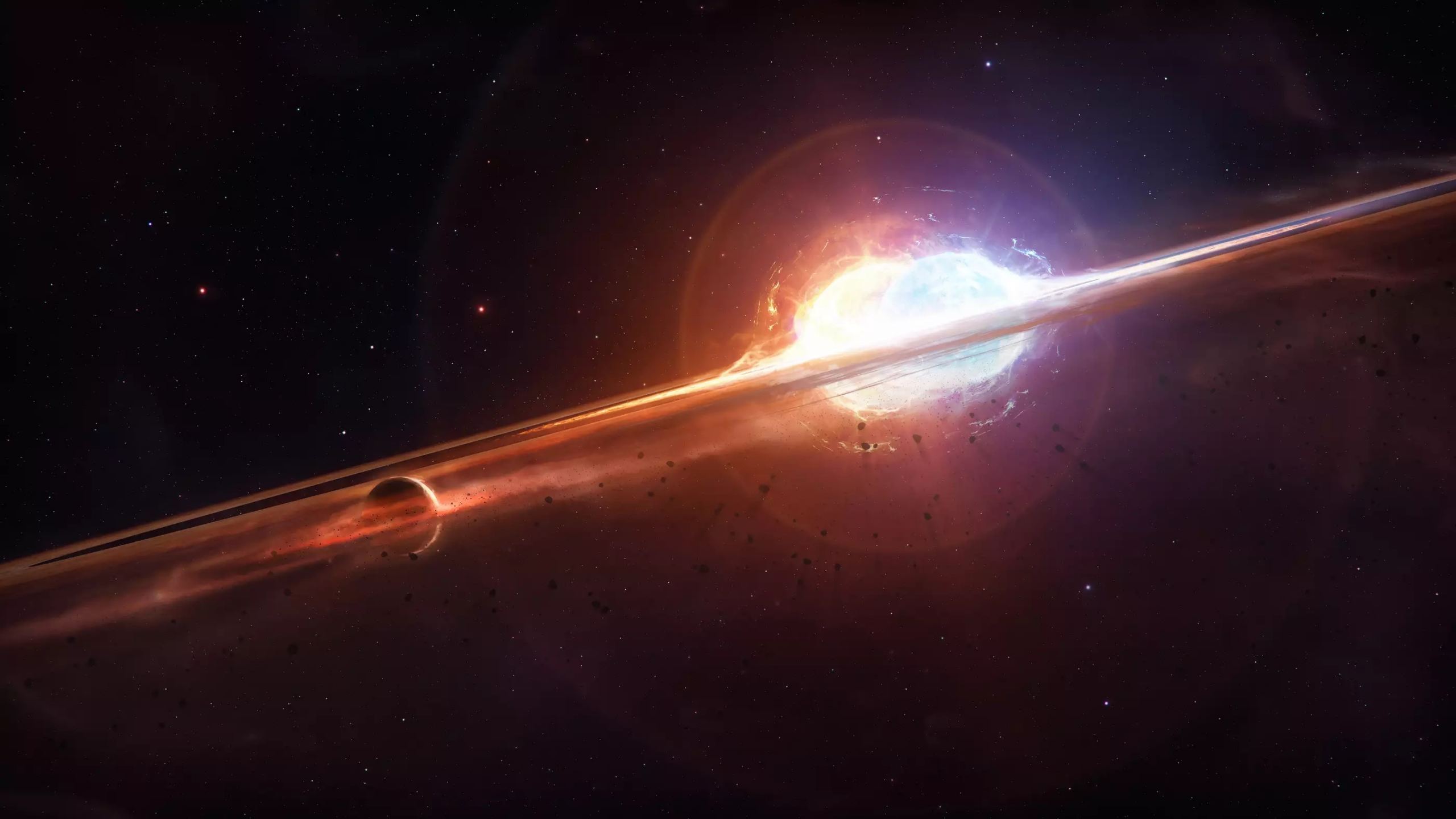
When our Sun runs out of hydrogen fuel in its core, it'll switch to burning helium and bloat up as a red giant. This will make it 100 times larger, gobbling up the inner planets and maybe even Earth. Maybe there's hope. Astronomers have found a planet orbiting a dying star that must have been swallowed up during that expansion phase. The star would have been 1.5 times bigger during the red giant phase than the planet's orbit. Being inside a red giant star doesn't lead to the inevitable death of a planet.
Continue reading
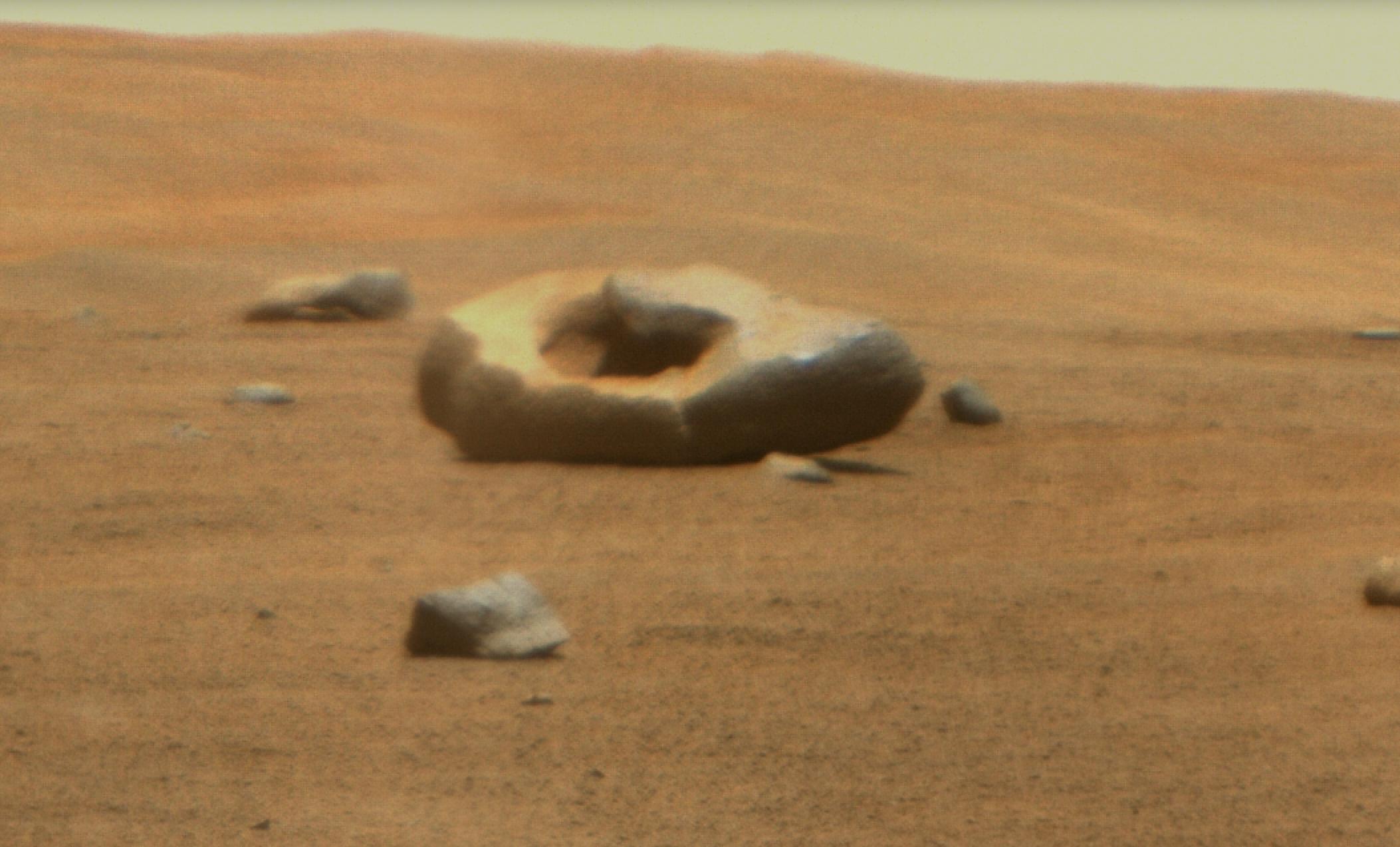
The Perseverance rover has spotted a donut shaped rock on Mars, which could be the remains of a crashed meteorite.
Continue reading
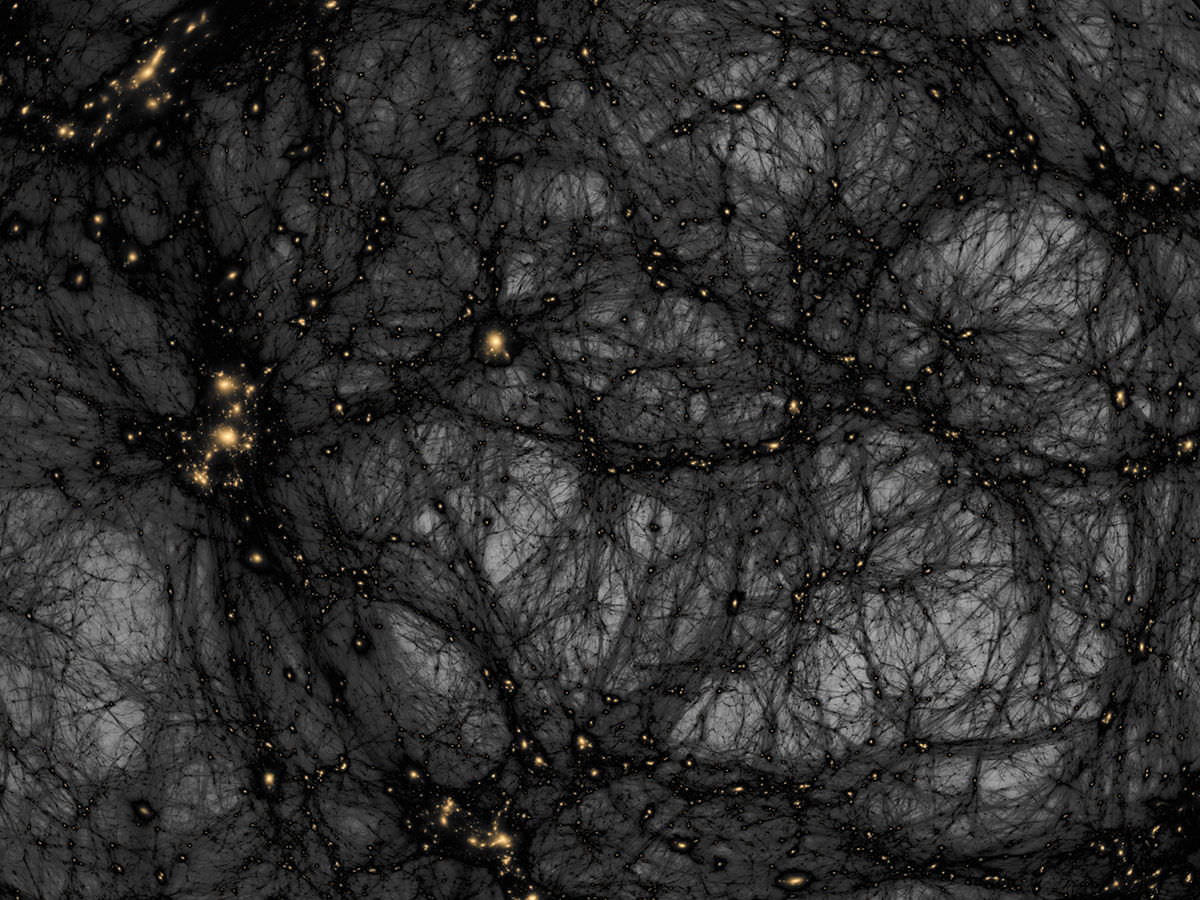
A new theory of Dark Matter suggests that it interact with normal matter in a non-localized way, potentially revolutionizing our understanding of physics!
Continue reading

Pulsars are rapidly spinning neutron stars which release blasts of radio waves with atomic clocklike accuracy. The fastest can be turning hundreds of times a second. But another class of pulsars turns agonizingly slowly in comparison, completing a rotation in hours. Astronomers have termed these "spider pulsars" because they have to feast on a binary companion star to slow down like this. Now researchers have discovered the fastest-turning spider pulsar, completing a rotation every 53 minutes, which fills in a gap in their observations.
Continue reading




